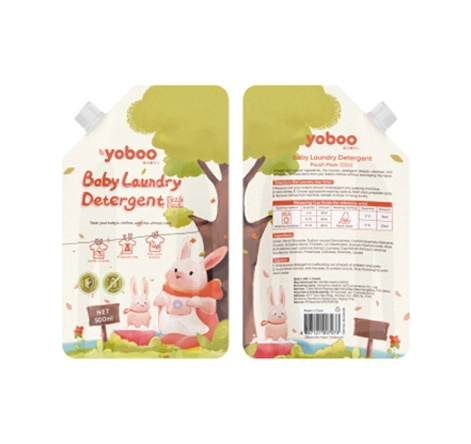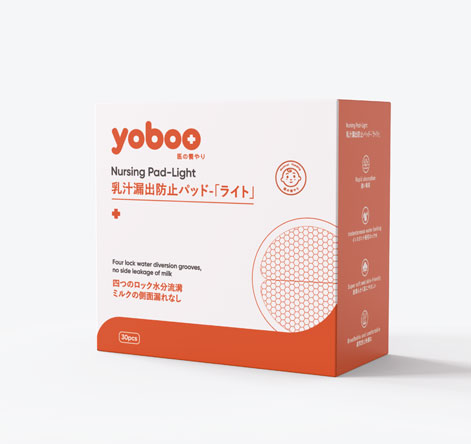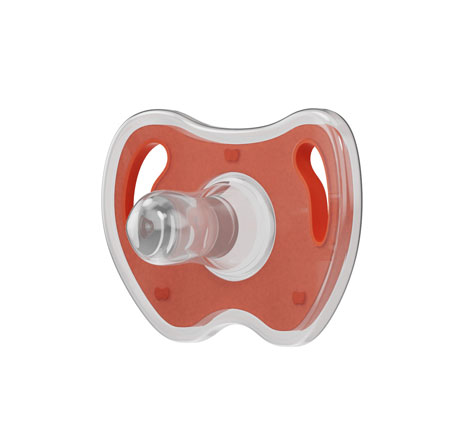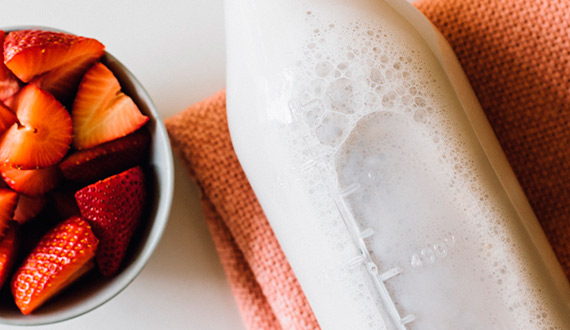After maternity leave, working women are about to go to work, but the baby still needs breast milk. How can we have the best of both worlds? Working mothers who insist on breastfeeding have encountered a big problem after the maternity leave: What can I do if I can't breastfeed on time?
How can you breastfeed without missing work? In the meantime, if you can preserve your breast milk well, working mothers will not affect the breastfeeding of their babies at work. Here are our recommended breast milk preservation tips for you.
1. Adjust lactation time, save breast milk
(1) Adjust the time
Start breastfeeding the baby according to the working hours 1 to 2 weeks before the working mother goes to work. Mom should adjust and arrange the baby's breastfeeding time according to the mother's work and rest time after work, so that the baby can slowly adapt.
For working mothers whose workplace is close to home, they can feed their babies before going to work, go home to feed them once during lunch break, and feed them again after work, plus a few feedings at night, so that the baby's needs can basically be met.
If you are far away from home, use an electric breast milk pump to save breast milk in advance, ask your family to feed the baby 1 to 2 times, and then feed the baby at home in the evening.
(2) Save breast milk
Working mothers can squeeze out some breast milk 1 to 2 weeks in advance and store it for later use by freezing or refrigerating it in containers.
2. Practical operation: utensils, milk storage, thawing
(1) Prepare utensils
Get an electric breast milk pump and storage device: It is best to store breast milk in a well-sealed plastic product that is suitable for freezing.
For example, breast milk preservation bag, followed by glass products, and it is best not to use metal products, because active factors in breast milk will be attached to glass or metal and reduce the nutrients of breast milk.
(2) Pump milk
Milk pumping is to prepare for milk storage. Mothers can squeeze out breast milk for storage the day before or before going to work, and paste the date and time of milking on the outside of the container, so as to avoid the breeding of bacteria caused by unclean and expired breast milk, causing digestive tract diseases of the baby.
Working mothers, even if they are busy, should ensure that they use electric breast milk pumps every 3 hours to pump milk, which can effectively prevent milk bloating and the reduction of milk production, so that breastfeeding can continue better.
The pumped milk can also be stored so that the baby has enough breast milk to eat. If the workplace does not have refrigeration equipment, working mothers can prepare a mini refrigerator for temporary storage, and let the baby eat it or send it to the refrigerator as soon as possible when they get home.
(3) Storage
The key to breast milk storage is the choice of storage equipment. Leave some space in the container of breast milk, do not fill it too full or cover it tightly to prevent the container from freezing and swelling.
It is best to divide breast milk into small portions (60 to 120ml) for freezing or refrigerating, which is convenient for family members or babysitters to feed according to the amount of baby, with no waste. Label it and record the date.
Store at room temperature:
Colostrum (milk extruded within 6 days postpartum) can be stored for 12h at 27 to 32 ℃ room temperature;
Mature breast milk (milk extruded after 6 days postpartum) can be stored at 15℃ room temperature for 24h; It can be stored at 19 to 22 ℃ for 10h at room temperature. It can be stored at 25℃ for 6h at room temperature.
Storage in the refrigerating chamber: at 0 to 4℃ it can be stored for 8 days;
Cryopreservation: The condition of the freezer determines the cryopreservation of breast milk
If it is stored in a small freezer box in the refrigerating chamber, the shelf life is 2 weeks. If it is a freezing chamber separate from the refrigerating chamber, but the door is often opened and closed to take items, the storage period is 3 to 4 months;
If it is a deep freezing chamber, the temperature is kept below 0℃, and the door is not often opened, the storage period is more than 6 months. The stored breast milk will decompose and look a little blue, yellow or brown, which is a normal phenomenon.
(4) Thawing
When the frozen breast milk is thawed, the sealed bag should be washed with cold water first, and hot water should be gradually added until breast milk is completely thawed and raised to a suitable feeding temperature or placed in the refrigerating chamber to thaw slowly. In order not to destroy the nutrients in breast milk, do not heat breast milk directly in the stove or microwave oven.
After thawing to an adapted temperature, you can feed your baby by pouring it directly into a newborn anti colic bottle, but be careful that the thawed breast milk must be eaten within 24h and not frozen again.












